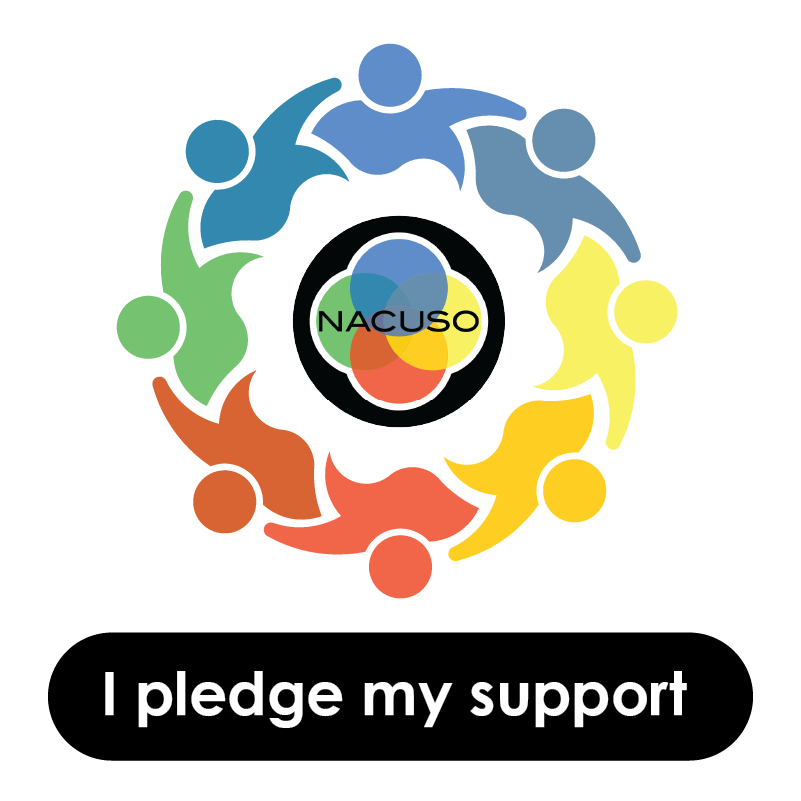The convenience of eSign for both credit unions and their members helps explain why such solutions are becoming more prevalent. For credit unions, the cost savings that result from using fewer supplies and improved workflow efficiencies are evident. For members, the ability to sign documents from anywhere is crucial and only becoming more valuable in a post-pandemic society. Cooperative CUSO eDOC’s solution, eDOCSignature®, has now enabled over 500 credit unions and their members to realize the benefits of eSign.
“The growth of eDOCSignature has been very strong, especially since the onset of COVID-19,” commented eDOC CEO Mark Fierro. “Over 150 credit unions have been added to the platform in just the past six months, demonstrating not only our commitment to the credit union industry but also our team’s ability to rapidly adjust to the changing priorities of our owners and customers. Credit unions—regardless of size and membership base—have embraced the ease of use, safety, and member convenience that eDOCSignature provides. I am very proud of the entire staff at eDOC for rallying to help credit unions while dealing with the personal challenges brought on by COVID-19.”
About eDOC Innovations, Inc.
eDOC Innovations is a leader in mobile enterprise digital transaction management solutions for credit unions. For more than 25 years eDOC Innovations has been designing solutions to reduce overhead, increase operational efficiency and provide convenience to members. eDOC Innovations’ products include solutions for remote mobile and in-branch closings, mobile eSignature processing, digital asset lifecycle management, intelligent and interactive form automation, mobile remote deposit capture, electronic statements and more. To learn about our technology visit:http://edoclogic.com/products/doclogic/ or give us a call at: 800.425.7766 Option 3.


























